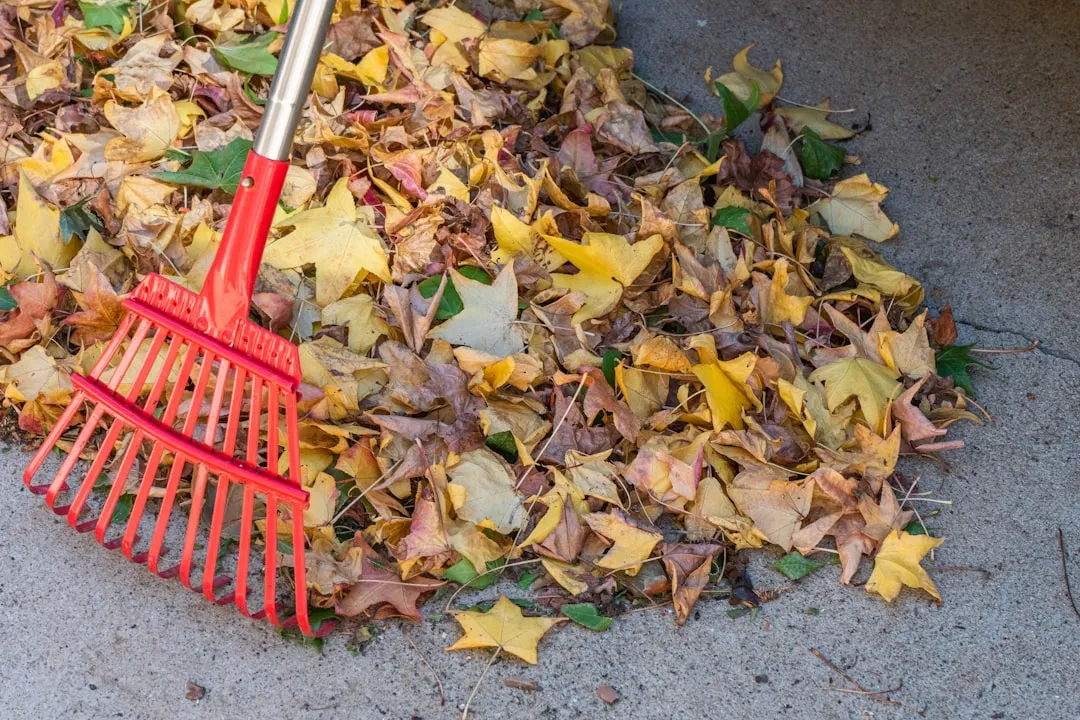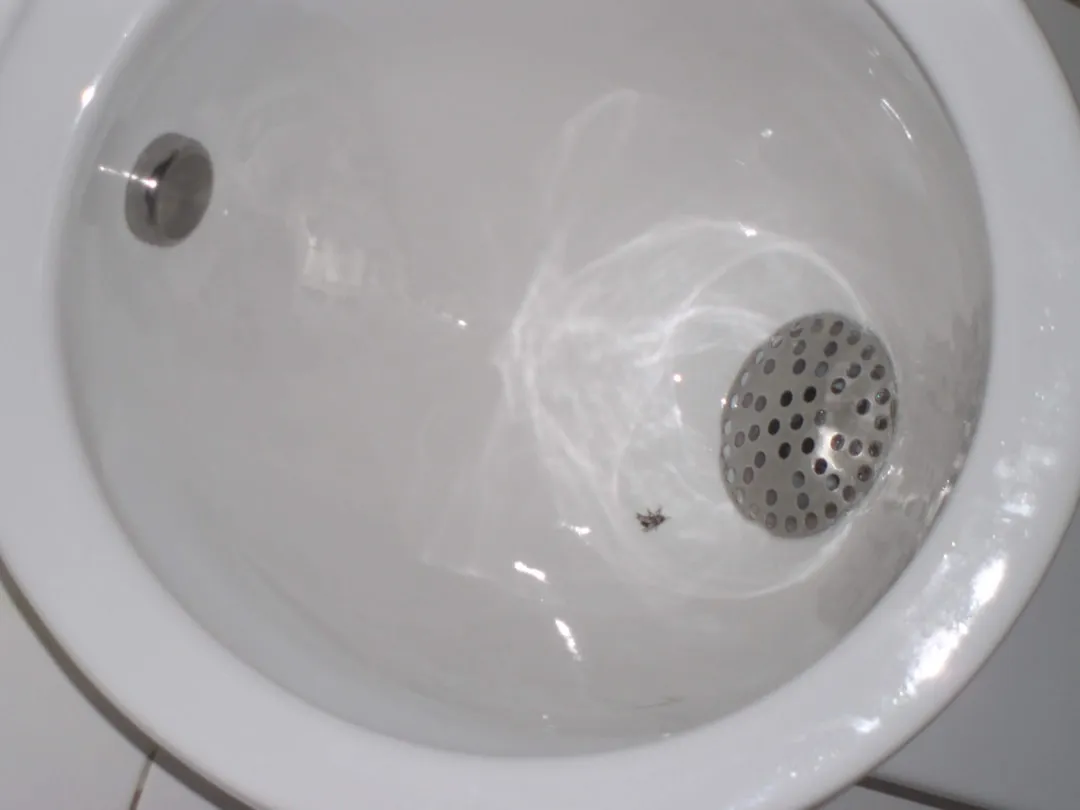Stop Spending Weekends Wrestling with a Rake: The Modern Leaf Vacuum Revolution
Difficulty: Novice to Moderate (varies by model)
Time: 15-45 minutes per session
Cost: $100-$600 depending on power source and features
Why You'll Like This (Quick Intro)
Most of us have been there, spending an entire Saturday wrestling a stubborn rake while leaves seem to multiply faster than you can collect them. It feels like nature’s punchline, trees dropping their autumn confetti right onto your perfectly manicured lawn. Time to let technology save your weekend and your back.
Today’s leaf vacuums have grown up from simple suction tubes into yard systems that clear, mulch, and bag in one pass. Professional testing teams have processed over 500 gallons of leaves to see which models actually deliver, and Consumer Reports engineers have blown through 2,500 pounds of leaves to highlight real performance differences. The big win is simple, these machines collect and mulch leaves in a single pass, so you are not raking up strays afterward.
What You'll Need to Know
Key Selection Factors
- Property size, sets your power needs
- Leaf volume, affects bag capacity
- Power source preference, corded, battery, or gas
- Budget range, $100-$600 for most homeowners
Essential Features to Evaluate
- Suction power specifications
- Mulching ratio, 16:1 to 20:1 preferred
- Collection bag size
- Multi-mode capabilities, blow, vacuum, mulch
Safety First
- Always wear safety glasses when operating any leaf vacuum
- Use hearing protection for gas-powered models and extended use
- Check for debris that could damage the impeller, rocks, sticks, metal
- Never vacuum wet leaves with electric models unless specifically rated for moisture
- Adult supervision required for children around operating equipment
Why Leaf Vacuums Beat the Rake-and-Bag Routine
Why shove leaves from one side of the yard to the other? Unlike blowers that simply relocate the mess, these machines handle the entire job. The suction on quality models can handle even wet, matted leaves that would challenge underpowered blowers. Anyone who has fought soggy oak leaves knows what a relief that is.
Here is the kicker, built-in mulching systems can reduce 18 bags worth of leaves down to just one. Not fluff, real volume reduction that cuts trips to the curb and frees up storage space.
Many models also offer multi-functionality with blowing and mulching capabilities. Blow off the patio first, then switch to vacuum to process debris efficiently. In testing, quality leaf vacuums save both your back and your weekend, especially if your yard collects serious fall debris.
Why it works, powerful suction plus integrated mulching creates a complete solution. No more multiple tools. No more leaves boomeranging into the neighbor’s yard.
Smart Shopping: Matching Power to Your Property
Pick for your yard, not for shiny features. Let size and leaf volume steer you.
Electric Models (Under 1/4 Acre)
Corded versions typically retail under $100 thanks to simple design and steady power. You trade mobility for reliability, you will manage extension cords, but on small suburban lots it is a practical choice with no batteries to die and no fuel to mix.
Battery-Powered Options (1/4 to 1/2 Acre)
Battery-powered options provide the best of both worlds, cordless freedom with solid runtime. Still, battery life and variable speeds are critical considerations for bigger cleanups. Nothing kills momentum like a dead pack at halftime.
Gas-Powered Models (1/2 Acre and Up)
Gas units bring maximum performance, but require more maintenance and can cost significantly more. Backpack versions can reach $400+. Professional testing found that electric models range from $100-$400, while backpack versions span $200-$600.
Tip, be honest about your property. A small lot does not need commercial-grade power, while a two-acre space with mature trees will overwhelm a basic electric model fast.
Key Features That Separate Winners from Disappointments
Suction Power, the Big One
Decent suction ensures your vacuum handles heavy, rain-soaked leaves without leaving a trail. Weak suction turns a quick cleanup into an all-day slog. Match CFM to the power source, and skip models with flashy numbers that do not translate to real lift.
Mulching Capability, the Volume Game-Changer
Choose systems that chop leaves into smaller bits and fit more into your collection bag. Ratios like 16:1 or 20:1 mean fewer bag dumps and faster disposal.
Collection Bag Size, Workflow Matters
Large bags holding up to 50 pounds work best for mega-sized yards. Smaller properties pair well with standard 10-gallon setups. Oversized bags can slow you down if they get awkward or heavy.
Integrated Performance
The best models blend fast leaf movement, good embedded leaf removal, powerful performance, easy handling, reasonable noise levels, and proven reliability into one balanced package. Tool-free mode switching, comfortable straps on backpacks, and easy-to-empty bags keep the work moving.
Getting the Most from Your Investment
Essential Maintenance Schedule
Regular upkeep allows leaf blowers to last 8-10 years. Spread over time, the cost makes a lot more sense.
After Every 2-3 Uses:
-
Clean the air filter thoroughly
- Why it matters, air must move freely in and out of the engine for proper startup
- Replace when cleaning no longer restores airflow
-
Empty and dry collection bags completely
- Critical step, fabric bags get very wet after picking up moisture-filled leaves
- Let bags dry fully before storage to prevent mold
Monthly During Season:
- Inspect all fasteners and connections
- Clean exterior vents and cooling fins
- Check fuel system, gas models
Gas Model Specifics:
- Use only fresh fuel, fuel deteriorates within just 30 days and can create carburetor blockages
- Add fuel stabilizer for off-season storage
- Replace spark plugs annually
Money-Saving Tip: April, May, September, and October offer the best purchase prices as retailers clear inventory during off-peak months.
Troubleshooting Common Issues
Problem, will not start → Fix, check air filter first, then fuel freshness for gas or battery charge for cordless
Problem, reduced suction → Fix, empty the bag, clear intake blockages, clean the impeller area
Problem, bag tears frequently → Fix, look for sharp debris in the intake, upgrade to reinforced bag material
Variations & Upgrades
- Budget option, basic corded electric models under $100 for small properties
- Convenience upgrade, battery models with interchangeable battery systems for multiple tools
- Professional grade, backpack gas models with commercial-duty components for large properties
Making Fall Cleanup Actually Manageable
The right leaf vacuum turns a dreaded marathon into a quick chore. Testing shows that quality models handle everything from small patios to acres of land, and the differences are big enough that a little research pays off.
Pick the tool that matches your yard. A reliable electric with solid suction and effective mulching beats an overpowered gas unit that is heavy or finicky.
With testing teams spending roughly 45 hours collecting over 450 data points on leading models, you can buy based on real performance, not marketing fluff. Your weekend mornings matter. Stop wrestling leaves and spend the time on something you actually enjoy about fall.























Comments
Be the first, drop a comment!